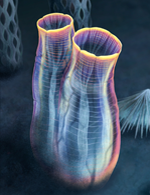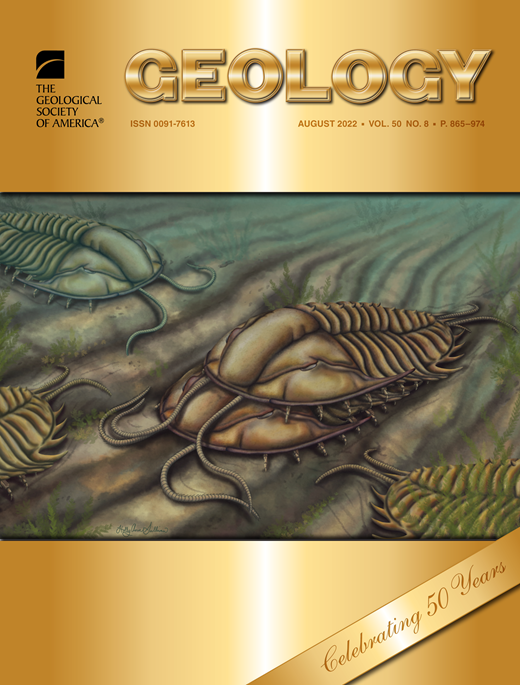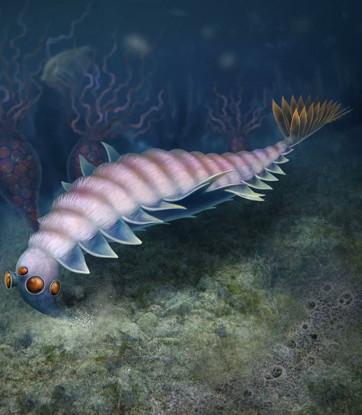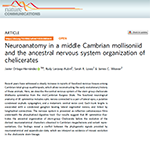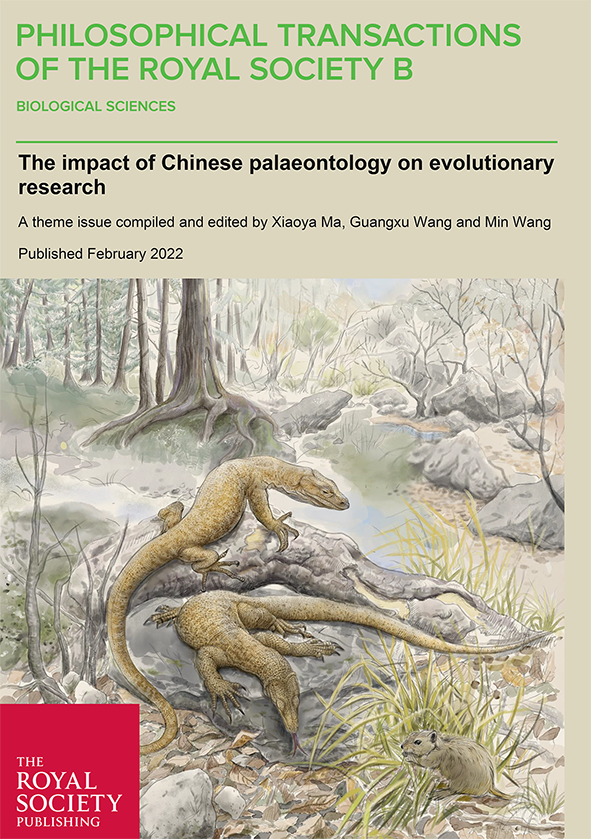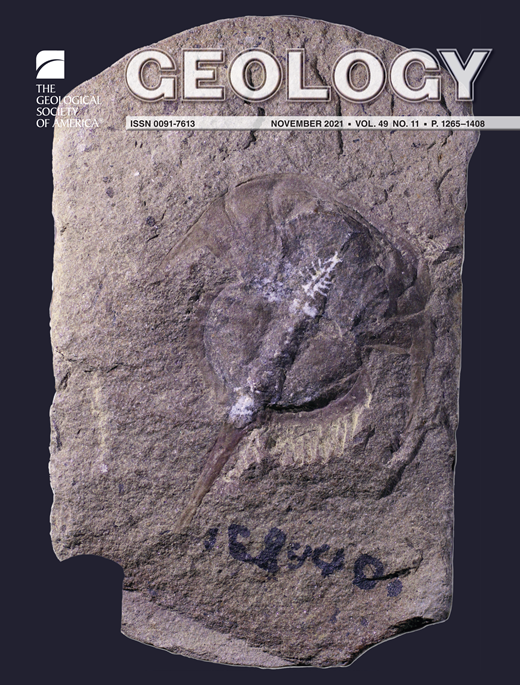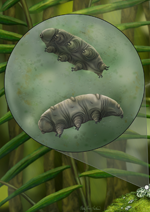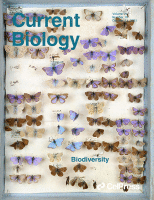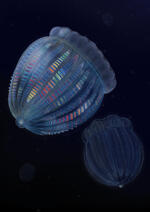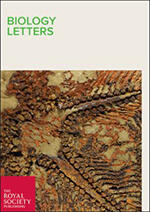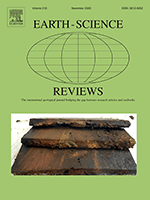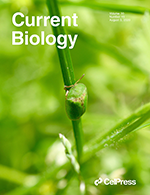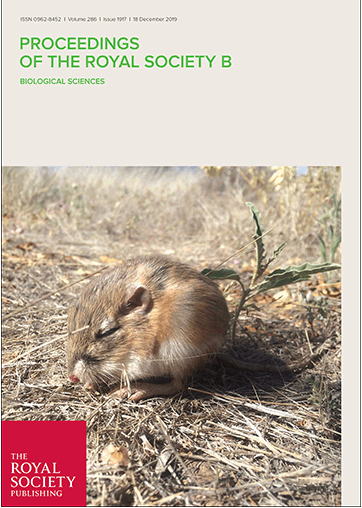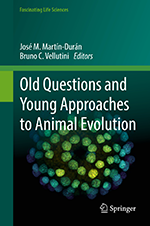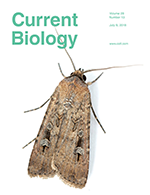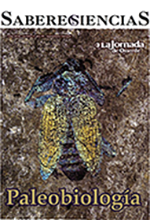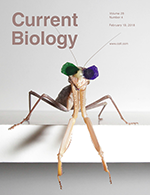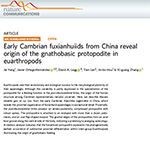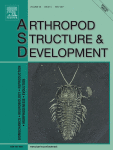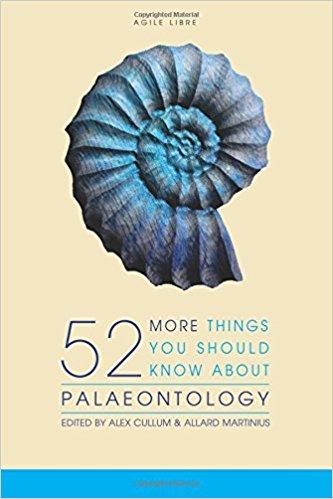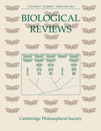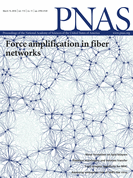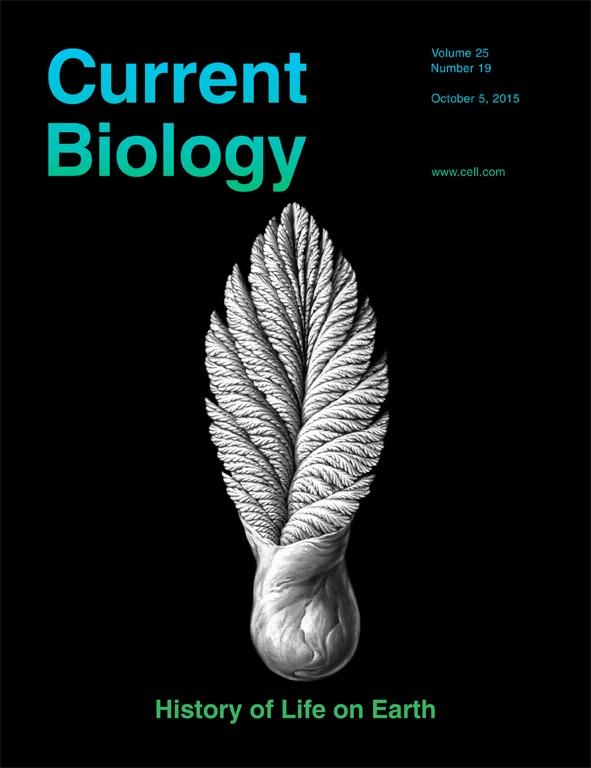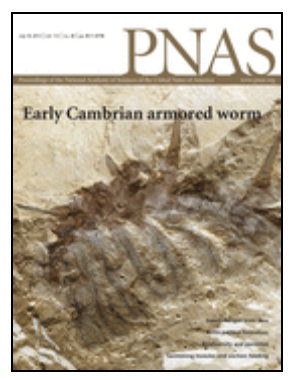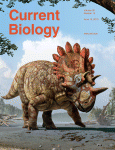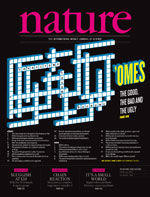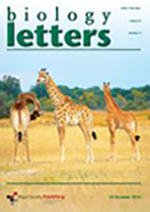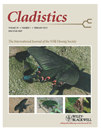Citation:
Abstract:
The Aglaspidida is a major group of Palaeozoic arthropods traditionally regarded as problematic, but whose evolutionary history has attracted renewed attention over the last decade. These efforts have resulted in an improved understanding of various aspects of aglaspidid palaeobiology, including their environmental, geographical and stratigraphical distribution, and phylogenetic relationships. Here, we describe a new weakly biomineralized non-trilobite arthropod from the Furongian Guole Konservat–Lagerstätte (Sandu Formation) in South China that contributes towards a more complete reconstruction of aglaspidid evolution and diversity during the late Cambrian. Beckwithia? gracilis n. sp. resembles the type species B. typa in the possession of a reentrant posterior cephalic margin, general trunk appearance and coarse tuberculation, but differs in having a more slender construction and a homogeneous exoskeletal sculpture. A revision of putative Beckwithia from Australia and Russia argues against their inclusion in this taxon, making the new species the only representative of the genus outside Laurentia. After Aglaspella and Glypharthrus, also from the Guole biota, this is the third aglaspidid genus shared between Laurentia and South China, which supports the hypothesis that some aglaspidids had great dispersal capabilities.

